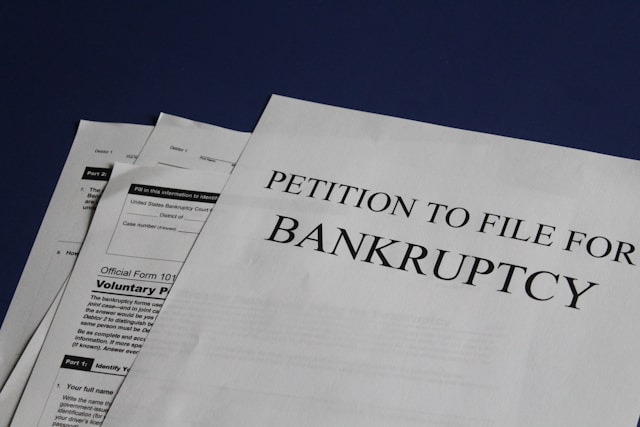The Procedure for Determining Bankruptcy Filing Suitability
Getting engulfed by overwhelming debt ranks as a significant life stressor. The overwhelming number of unpaid bills prompts you to consider bankruptcy your potential rescue. A decisive sign pointing to bankruptcy is what you should look for, but how will you determine if this significant financial choice suits you? This guide provides essential information about bankruptcy and a method to evaluate its suitability. It also teaches post-bankruptcy management.
What Is Bankruptcy?
Clients battle debt by seeking bankruptcy protection from the federal bankruptcy court, facilitating debt elimination or payment. Bankruptcy functions as an opportunity to financially eliminate collection attempts while giving creditors limited debt recovery benefits.
There are two major bankruptcy classifications suitable for individual debtors:
Under Chapter 7 (Liquidation), non-exempt assets get sold to pay creditors, followed by the discharge of most unsecured debts.
Chapter 13 (Reorganization) Those who choose this option will benefit from a repayment plan extending from 3 to 5 years, allowing them to retain their property.
Installing an automatic stay function stops collection efforts so you can work toward remedying your financial condition.
A Guide to Assessing Your Negative Financial Conditions for Filing Bankruptcy
You should seek bankruptcy advice when such indicators appear:
Your current strategy involves paying minimums only, but your outstanding balances show no sign of change.
The regular phone calls by debt collectors have now led you to start screening these incoming calls.
Your small cash reserves force you to spend household funds on your credit cards.
The ratios indicating your debt level to income currently stand at 40%, making it challenging to repay your debts effectively.
The situation requires bankruptcy because you risk losing your home through foreclosure and your essential possessions through repossession.
Using retirement savings to satisfy your financial responsibilities appeals to you.
You hold substantial medical expenses that insurance refuses to cover.
Before considering bankruptcy filings, you can seek debt consolidation services and debt counseling approaches or attempt to negotiate directly with debtors. Seeking bankruptcy remains an option people should avoid because it damages your credit history for years (7-10) and puts your possessions at risk.
A bankruptcy attorney should evaluate your case by assessing your current situation. Their first appointment is available without charge, and they can lead you to the most suitable bankruptcy chapter based on your situation. Before filing bankruptcy, you must complete credit counseling services offered by approved agencies as federal law requires.
What to Do After You File Bankruptcy
You must prepare for what occurs after you realize bankruptcy is your necessary choice. Following are a few things to do to be in good standing:
Follow your bankruptcy plan precisely. The payments scheduled within a Chapter 13 plan must be sent exactly when they are due. You must work entirely with the Chapter 7 bankruptcy trustee concerning the asset liquidation process.
You can begin rebuilding credit immediately. Options to restore credit include secured credit cards, credit-builder loans, or becoming an authorized user on someone else’s account.
You need to develop a strict budgetary plan to prevent further financial issues from occurring. Establishing complete expense tracking should accompany your efforts to create an emergency savings fund.
Complete the financial education courses demanded by bankruptcy courts and seek extra financial education materials
Regularly monitoring your credit reports lets you check correct debt discharge reporting and detect potential identity theft.
Be patient and persistent. Although recovery typically takes time, most individuals achieve financial stability in their post-bankruptcy lives.
The correct handling of bankruptcy establishes a fresh financial foundation, resulting in improved stability and serenity.




